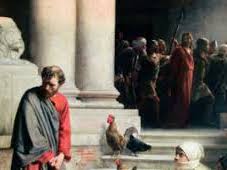Snugboro Educational Resources
Hi! I am a teacher with over 20 years' experience at Primary level. I try to make my resources as challenging as possible with a slice of fun, while cramming in as much detail as possible into the guided reading / writing activities, plays, worksheets and comprehension exercises that I produce. I also create and publish a range of free worksheets and resources, which now account for over 40% of my published resources. Any feedback and suggestions welcome!





















